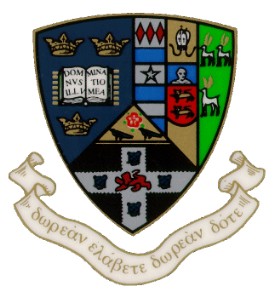| |
| author |
Michael Indovina
| | title |
The Weight of Seeing: A Full-Length Poetry Collection by Indovina
| | abstract |
The Weight of Seeing is my Specialized Honors Thesis and my first full-length poetry collection.
I have been working on this manuscript for almost two years, and I intend to continue working
on it after my time at Drew. The Weight of Seeing covers themes ranging from queerness in the
past and present to artists that were active before and during the HIV/AIDS epidemic, personal
coming-of-age experiences regarding my journey as a bisexual person involved in subcultural
queer communities, and more. In terms of execution, the poems in this collection were inspired
by different types of hybrid poetic practices that think about the intersection between text and
image: ekphrastic poetry, concrete poetry, and Image:Text poetry (also known as collage poetry),
to be specific. An ekphrastic poem is usually based on an existing artwork or image and tends to
not necessitate direct incorporation of the visual elements of said artwork. Its aim is merely
descriptive, although it is usually imagistic in its description. In concrete poetry, the visual form
that the text creates on the page becomes an image, which is just as meaningful as what the text
of the poem actually says or describes. Image:Text/Collage poetry combines actual images
and/or photographs with portions of text in order to carry an overall energy, narrative, or message
to the reader; by presenting images alongside or combined with text, Image:Text poetry forces its
audience to use a different set of interpretive skills: not just literary analysis, but compositional
analysis, as if viewing an artwork. Concrete poetry also requires compositional analysis,
although in a different way; in concrete poetry, text can outline or create shapes, but it cannot
create an image with a depth deeper than what the glyphs in the alphabet can render. I felt that
borrowing from (and writing poems in) these traditions was the most effective way to write this
collection, in the sense that hybrid poetry that fuses text and image does the job of both showing
and telling. Because of this, hybrid poems are able to physicalize emotions on the page through
different compositional techniques (such as indenting, breaking stanzas, creating shapes out of
blocks of text, incorporating actual images, and collaging images and/or text together), which has
the power to make otherwise opaque poetry more accessible and palpable to the reader.
| | school |
The College of Liberal Arts, Drew University
| | degree |
B.A. (2025)
|
| advisor |
Courtney Zoffness
|
| committee |
Wendy Kolmar
Kim Rhodes
|
| full text | MIndovina.pdf |
| |

